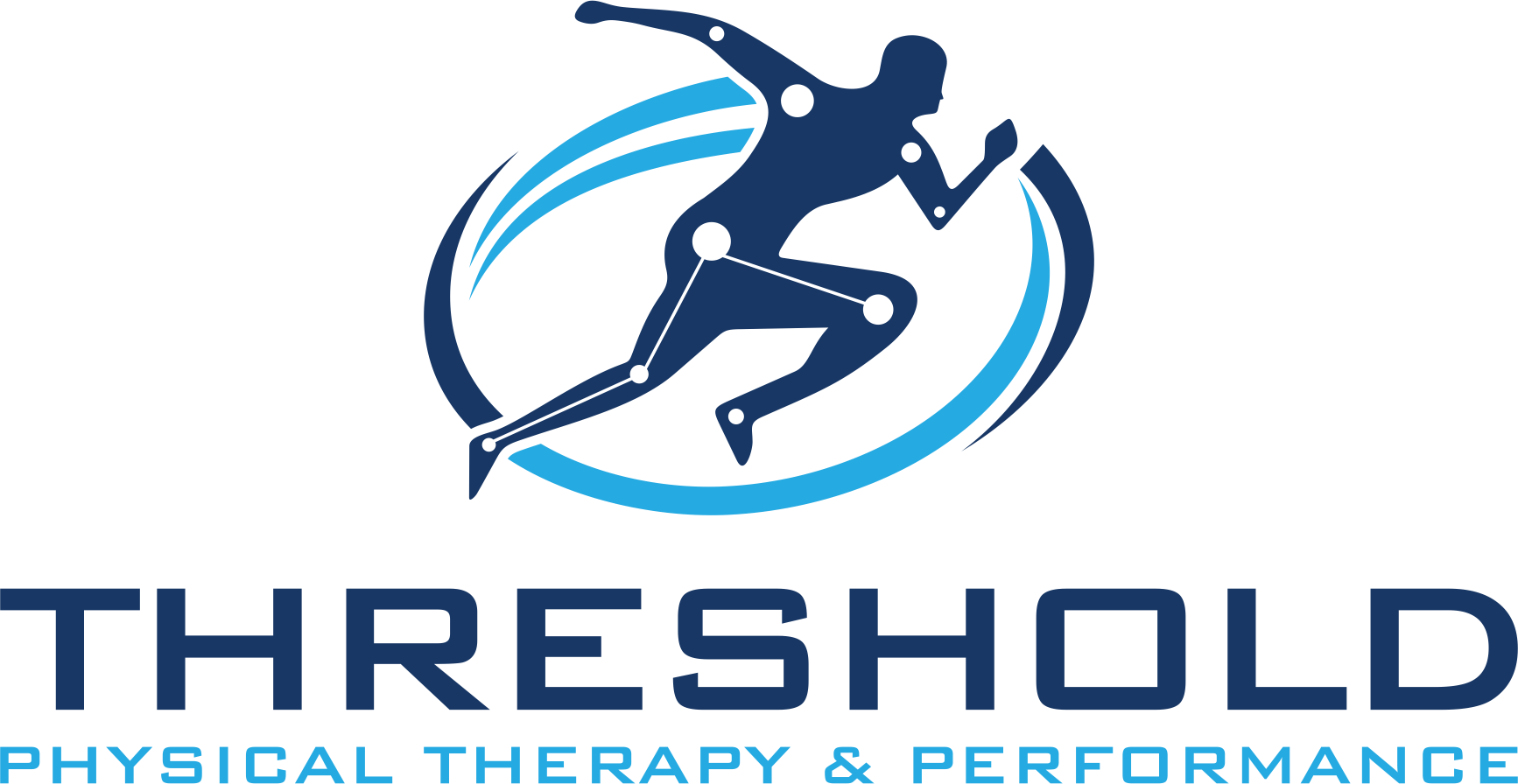Blood flow restriction (BFR) as been shown to promote greater increases in strength, hypertrophy, and endurance, when compared to low-load training alone, in healthy study subjects. Previously, significant gains have been shown in muscle fiber recruitment, hypertrophy, muscle circumference, and endurance. These then translated, functionally, into improvements in overall strength. Worth additional note, the technique has been shown to limit muscular atrophy that commonly occurs after an injury or surgery when considering a rehabilitation augmentation perspective.
A recent 2019, ahead of print article in the multidisciplinary journal Sports Health, looked at the clinical efficacy of BFR training on muscle groups proximal, distal, and contralateral (non-BFR limb) to the tourniquet placement. Their study showed some interesting results…
First though, let’s consider what BFR training is, as well as how it is thought to be effective. BFR training typically consists of low-load exercises performed while wearing an inflatable tourniquet about the proximal aspect of the limb. This, as the authors note, results in partial restriction of the arterial flow and venous return which ultimately increases overall strength with effects similar to high-load training. It is thought that the increased metabolic stress from the restriction may upregulate various cellular signaling pathways in the hypoxic (decreased oxygen) environment resulting in adrenergic and hormonal changes resulting in muscular adaptation. These changes appear to include increased muscle protein synthesis, gene regulation of muscular satellite cells, fiber recruitment, hypertrophy, and endurance.
Interestingly the authors, Bowman et. al. (2019), reinforced much of the prior literature with regards to what has been previously found. Low-level BFR training produces substantially greater increases in strength both proximal and distal to the tourniquet placement. Also interesting, there were some changes contralaterally (at the non-BFR limb), but the authors note that a larger study cohort may be necessary to fully detect these smaller changes.
Worth noting, the most common complaints with BFR training are pain and discomfort which generally improve with treatment, and resolve when the treatment is stopped. A previous study also found complications including: bruising (13%), localized numbness or cold feeling (1.3%), light-headedness (0.28%), deep vein thrombosis (0.06%), pulmonary embolism (0.008%), rhabdomyolysis (0.008%), and worsening ischemic heart disease (0.02%).
If you’re looking to nerd out just a bit more on the science, some of the effects of BFR training include:
- Improvements in aerobic exercise with increased stroke volume and VO2 max at a decreased heart rate
- Hypertrophy of both types 1 and 2 skeletal muscle, as well as increased glycogen stores
- Increases in growth hormone, cortisol, insulin-like growth factor 1, catecholamines, lactate dehydrogenase, nitric oxide synthase, vascular endothelial growth factor mRNA, hypoxia-inducible factor 1-alpha, and various heat shock proteins
- Proliferation of myogenic stem cells
Blood flow restriction training continues to gain literary support in both the performance and rehabilitation arenas. Is it something that may be beneficial for you? Thanks for reading!

